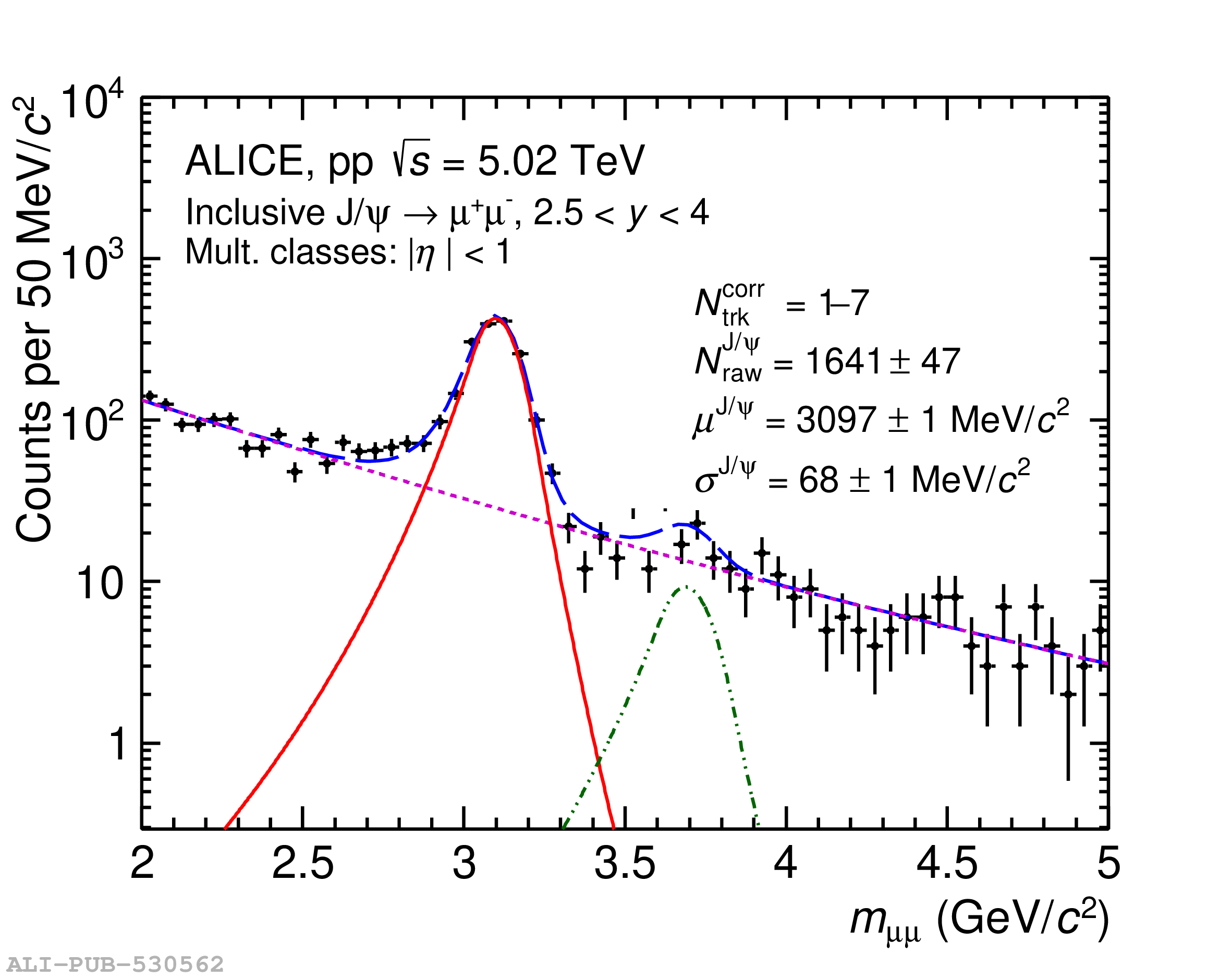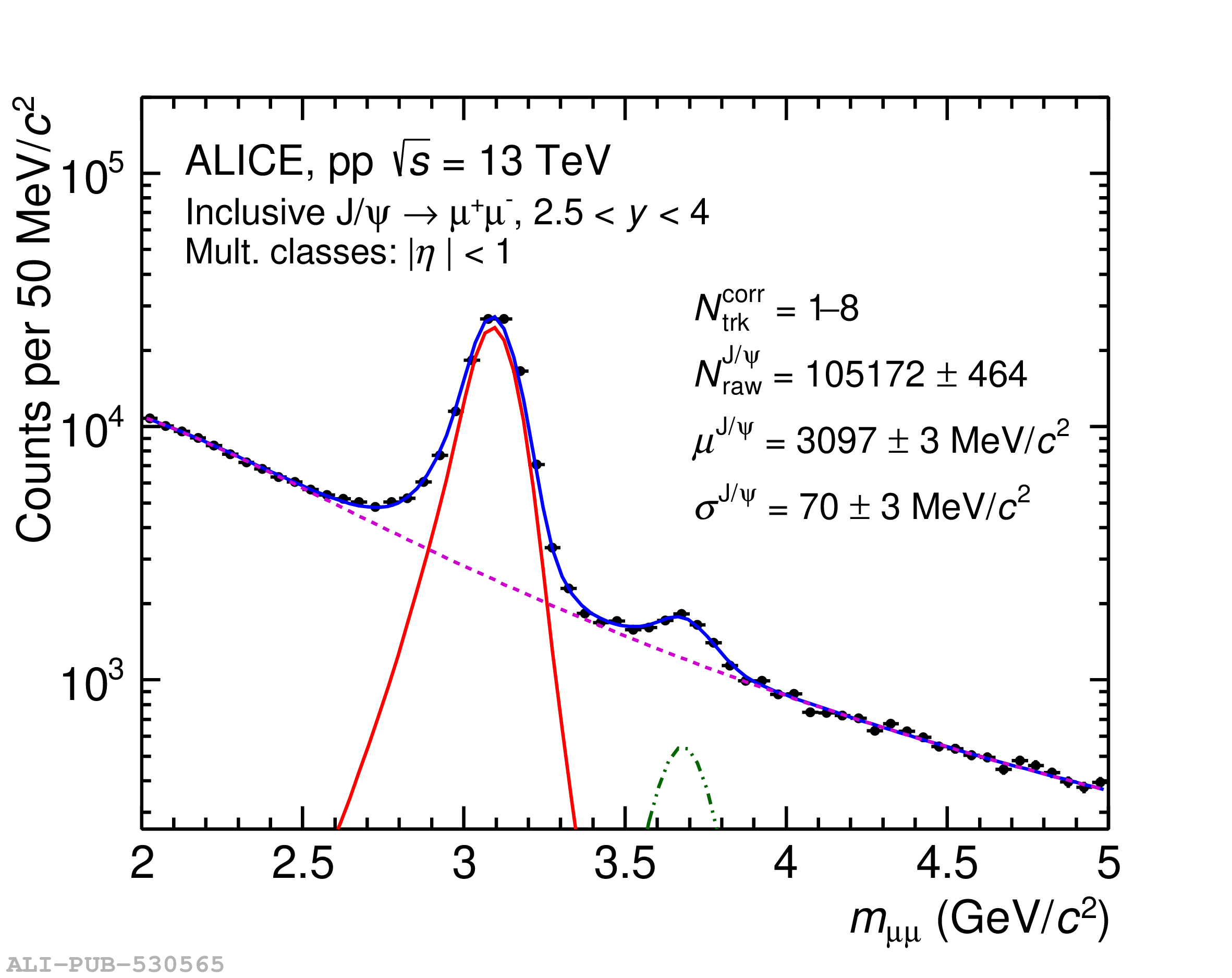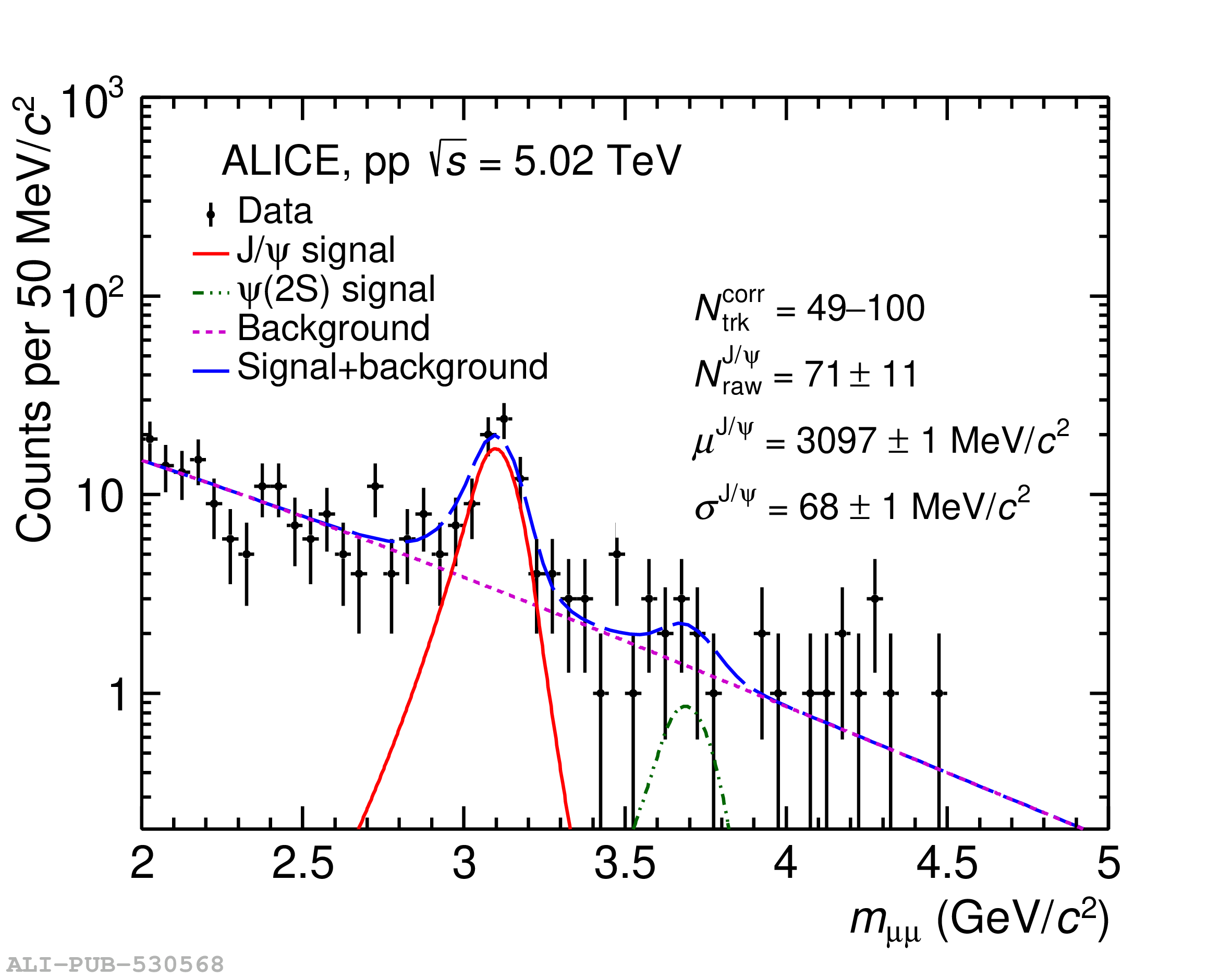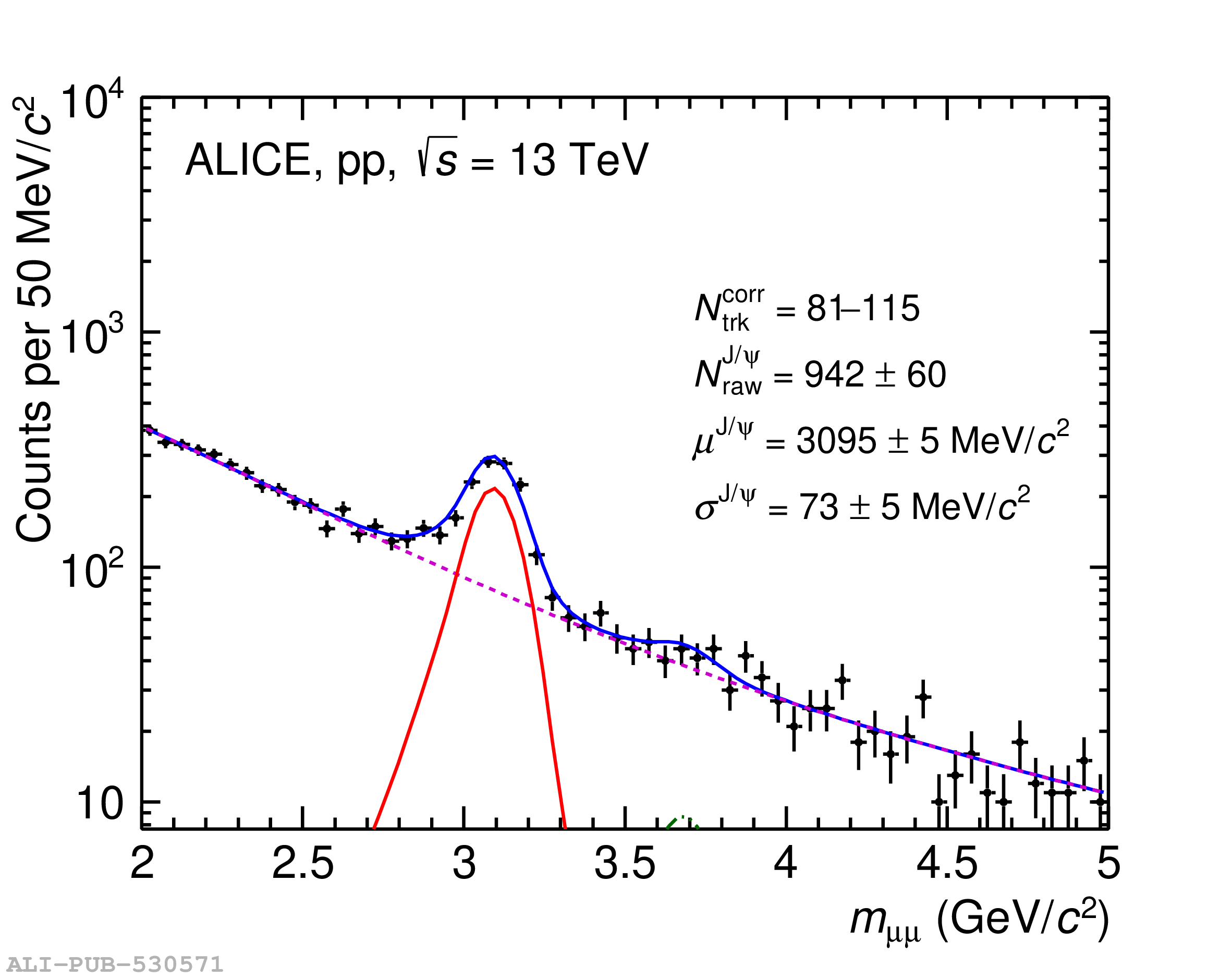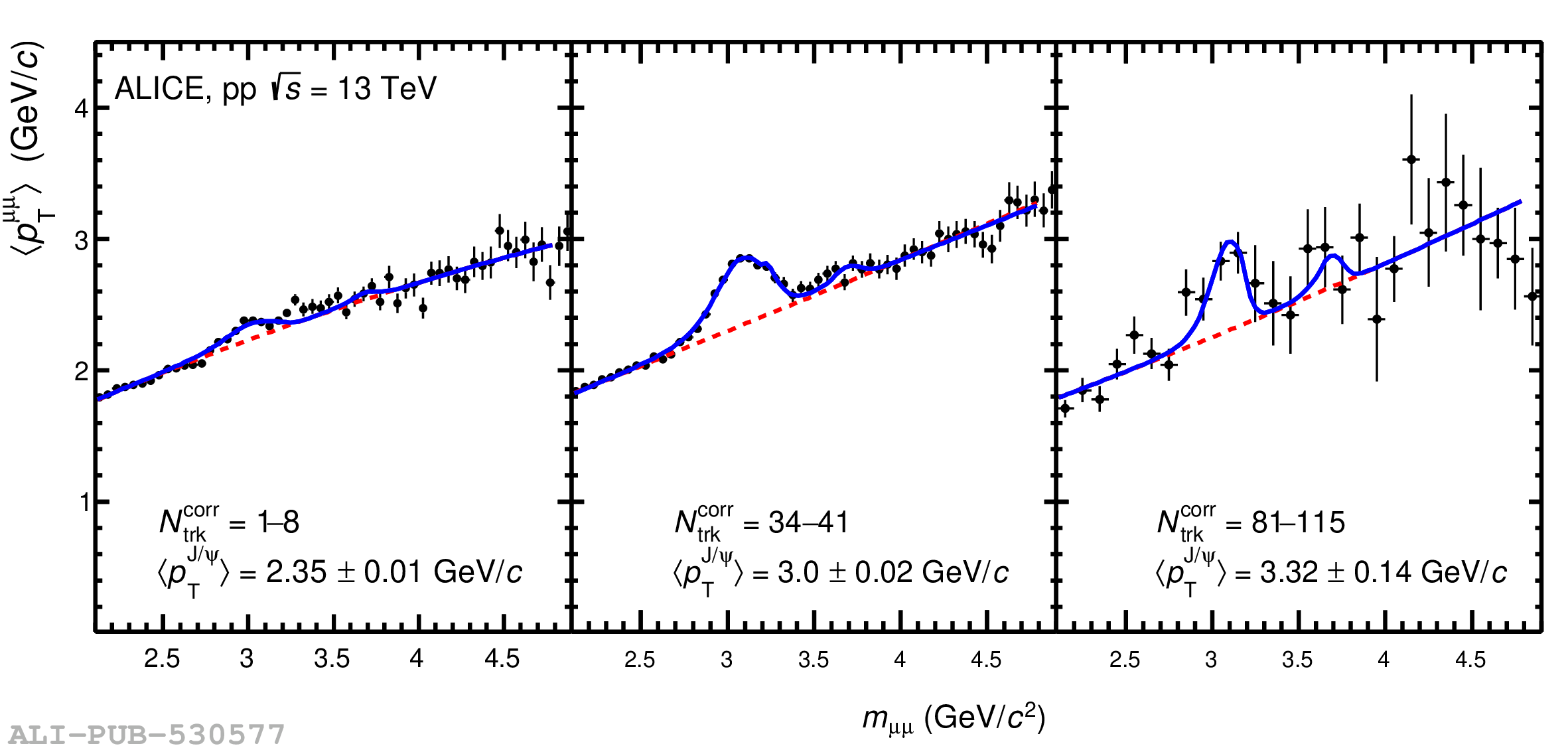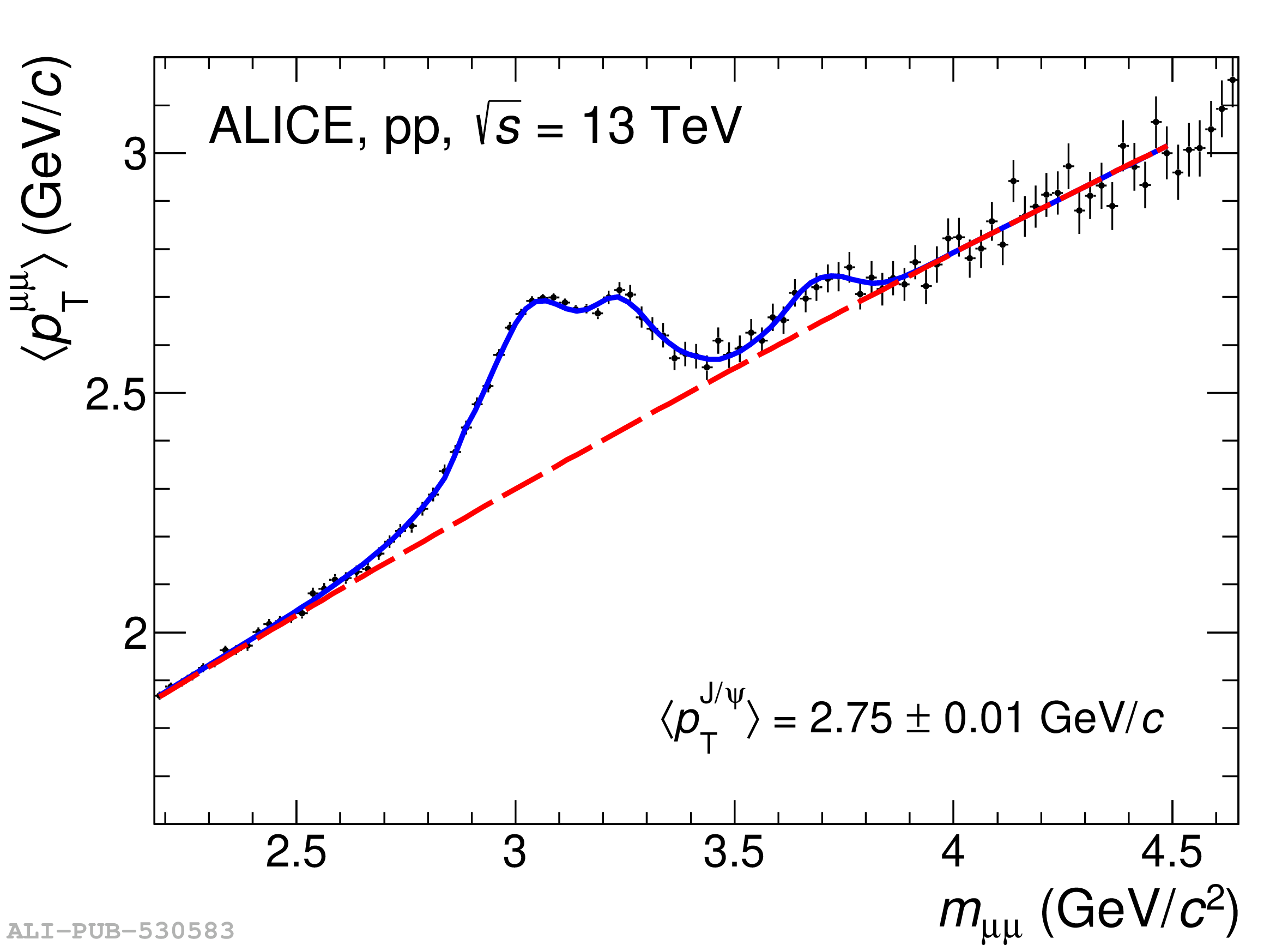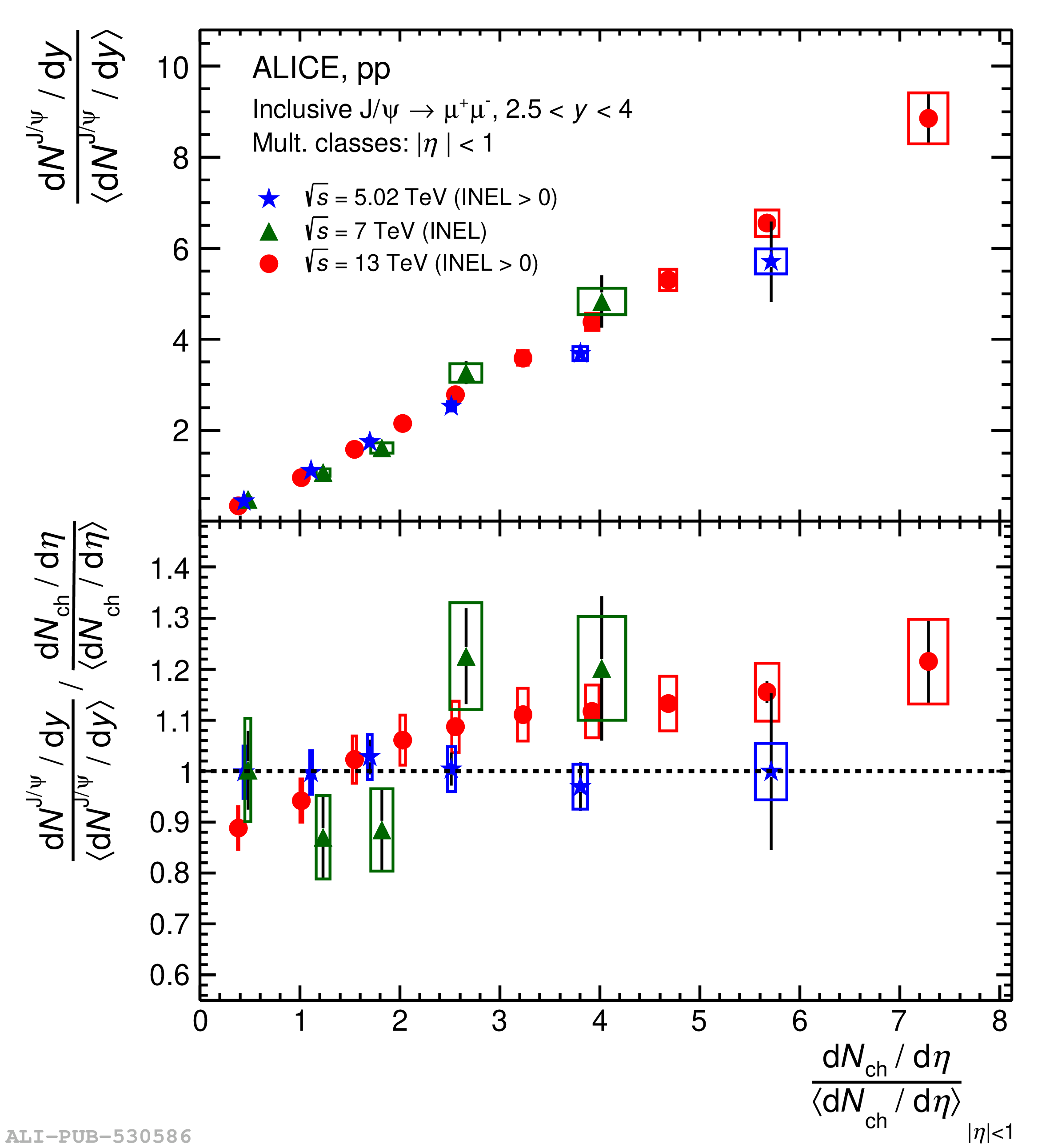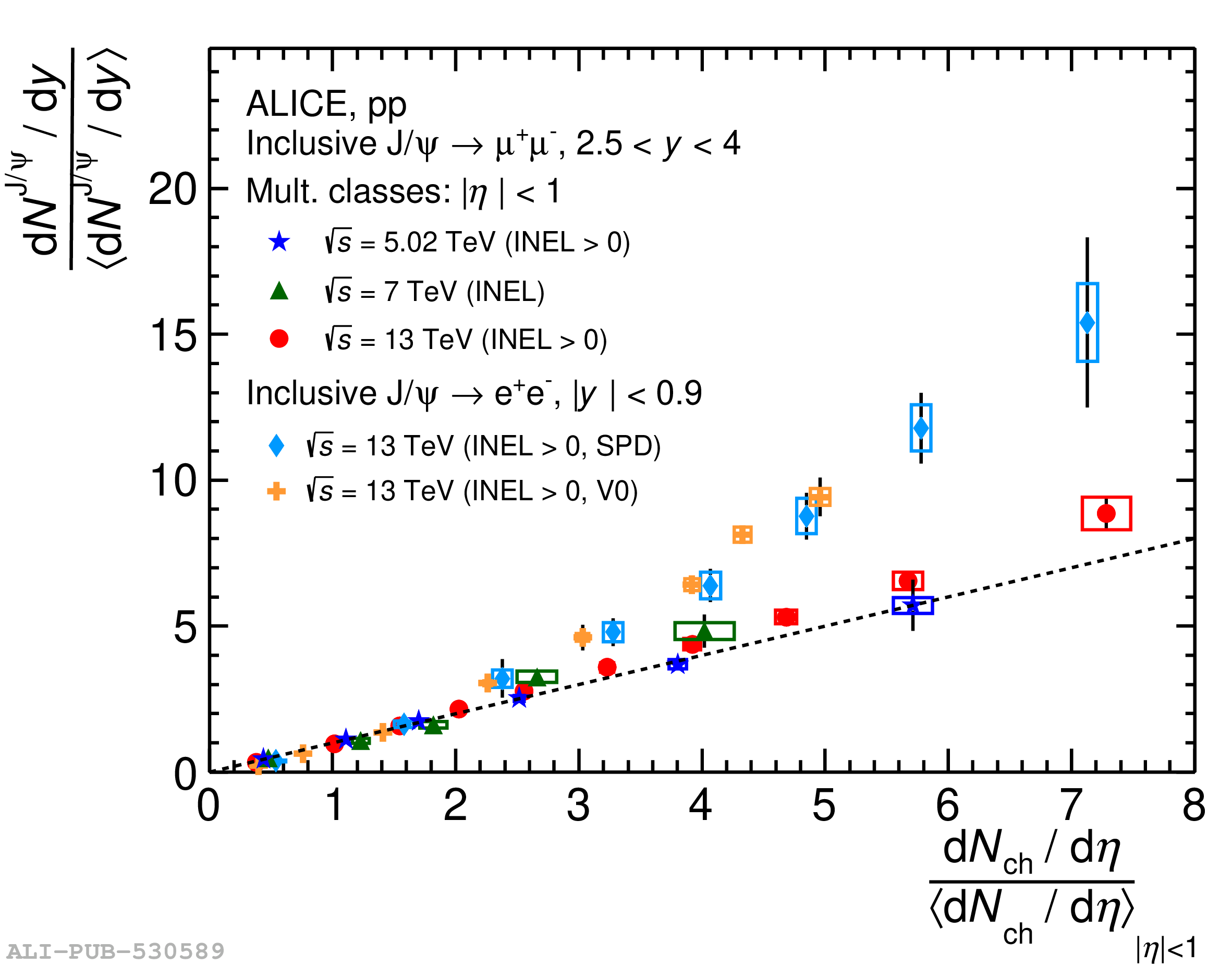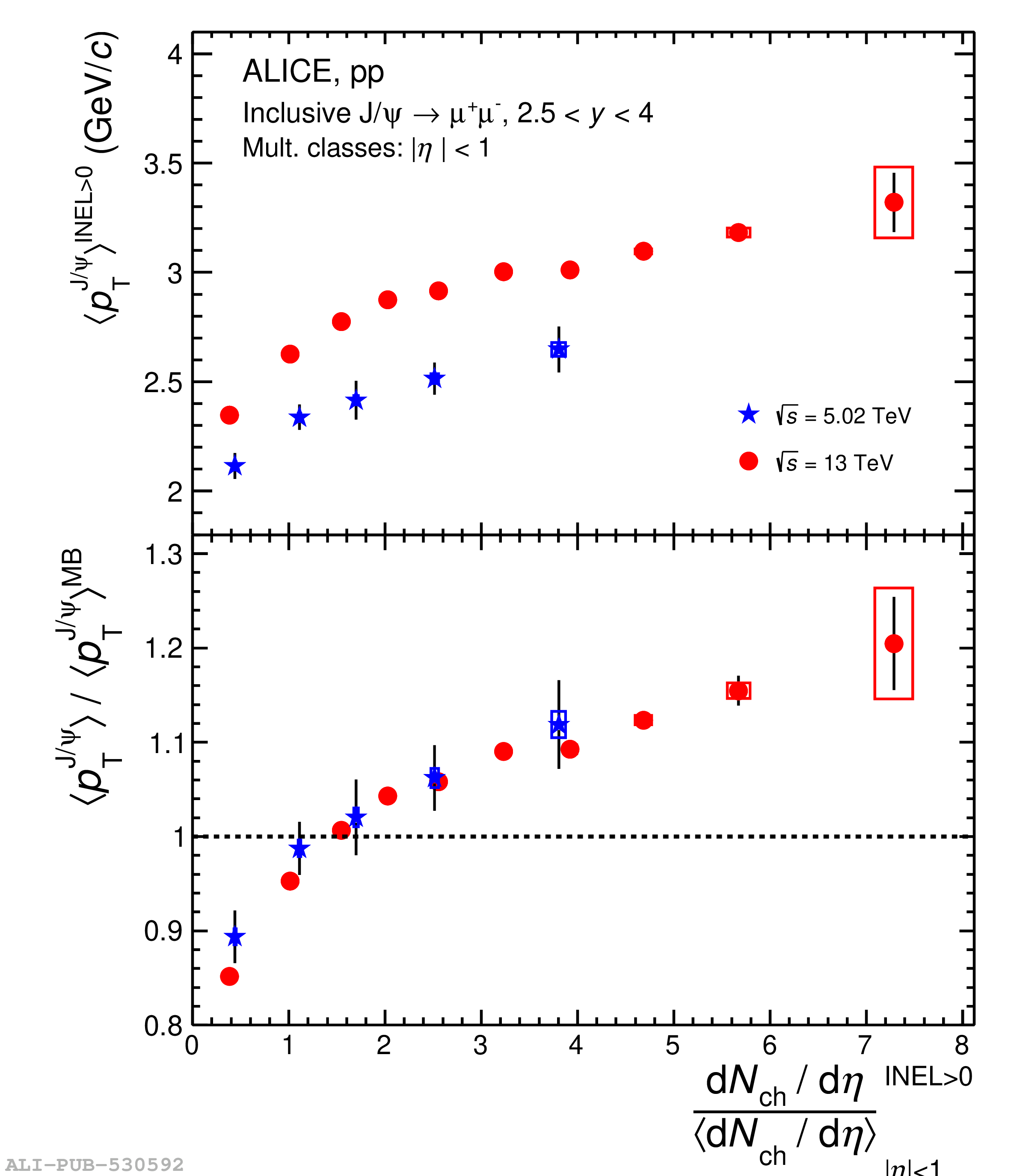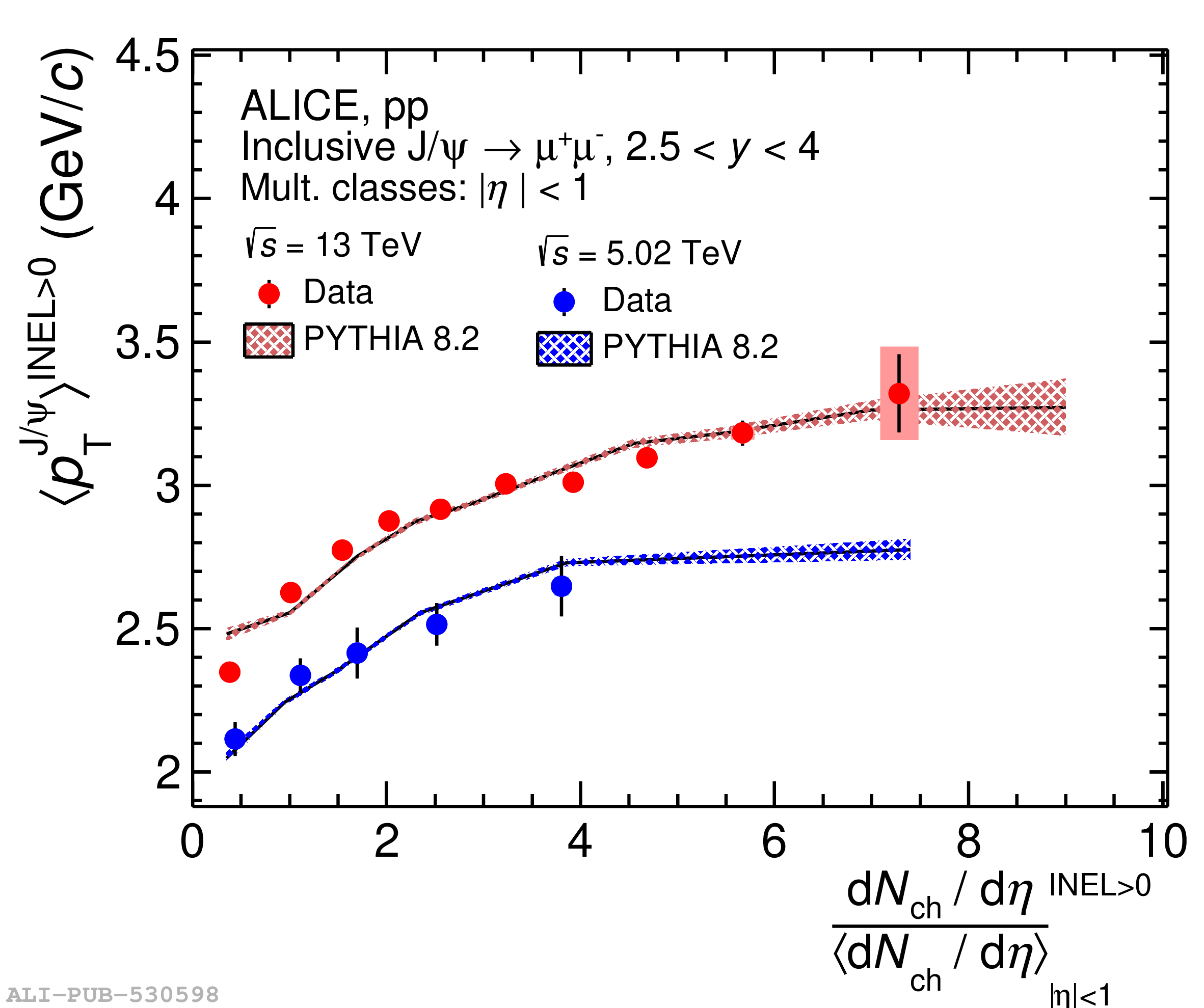The production of J/$\psi$ is measured as a function of charged-particle multiplicity at forward rapidity in proton$-$proton (pp) collisions at center-of-mass energies $\sqrt{s} =$ 5.02 and 13 TeV. The J/$\psi$ mesons are reconstructed via their decay into dimuons in the rapidity interval (2.5 $<~ y <~$ 4.0), whereas the charged-particle multiplicity density (${\rm d}N_{\rm{ch}}/{\rm d}\eta$) is measured at midrapidity $(|\eta| <~ 1)$. The production rate as a function of multiplicity is reported as the ratio of the yield in a given multiplicity interval to the multiplicity-integrated one. This observable shows a linear increase with charged-particle multiplicity normalized to the corresponding average value for inelastic events (${{\rm d}N_{\rm ch}/{\rm d}\eta}/{\langle {\rm d}N_{\rm ch}/{\rm d}\eta \rangle}$), at both the colliding energies. Measurements are compared with available ALICE results at midrapidity and theoretical model calculations. First measurement of the mean transverse momentum ($\langle p_{\mathrm{T}}\rangle$) of J/$\psi$ in pp collisions exhibits an increasing trend as a function of ${{\rm d}N_{\rm ch}/{\rm d}\eta}/{\langle {\rm d}N_{\rm ch}/{\rm d}\eta \rangle}$ showing a saturation towards high charged-particle multiplicities.
JHEP 06 (2022) 015
HEP Data
e-Print: arXiv:2112.09433 | PDF | inSPIRE
CERN-EP-2021-268

